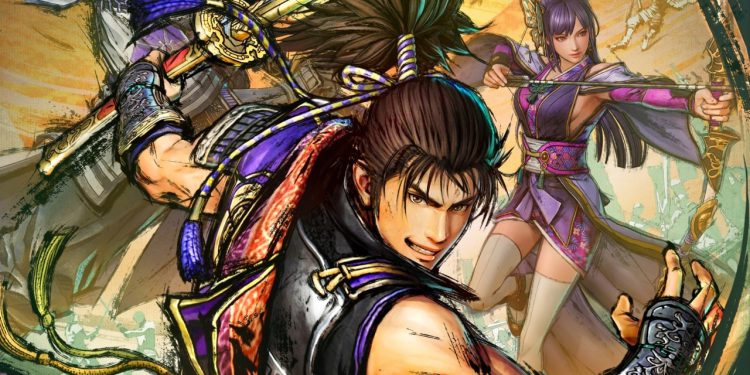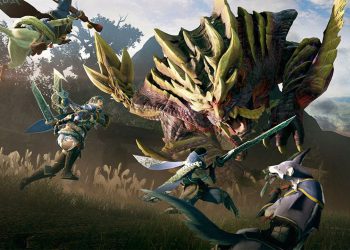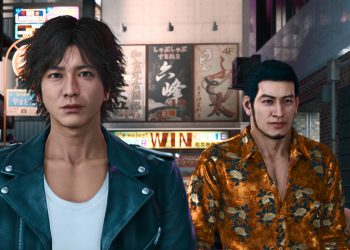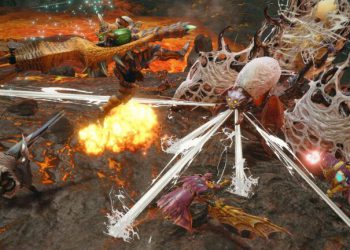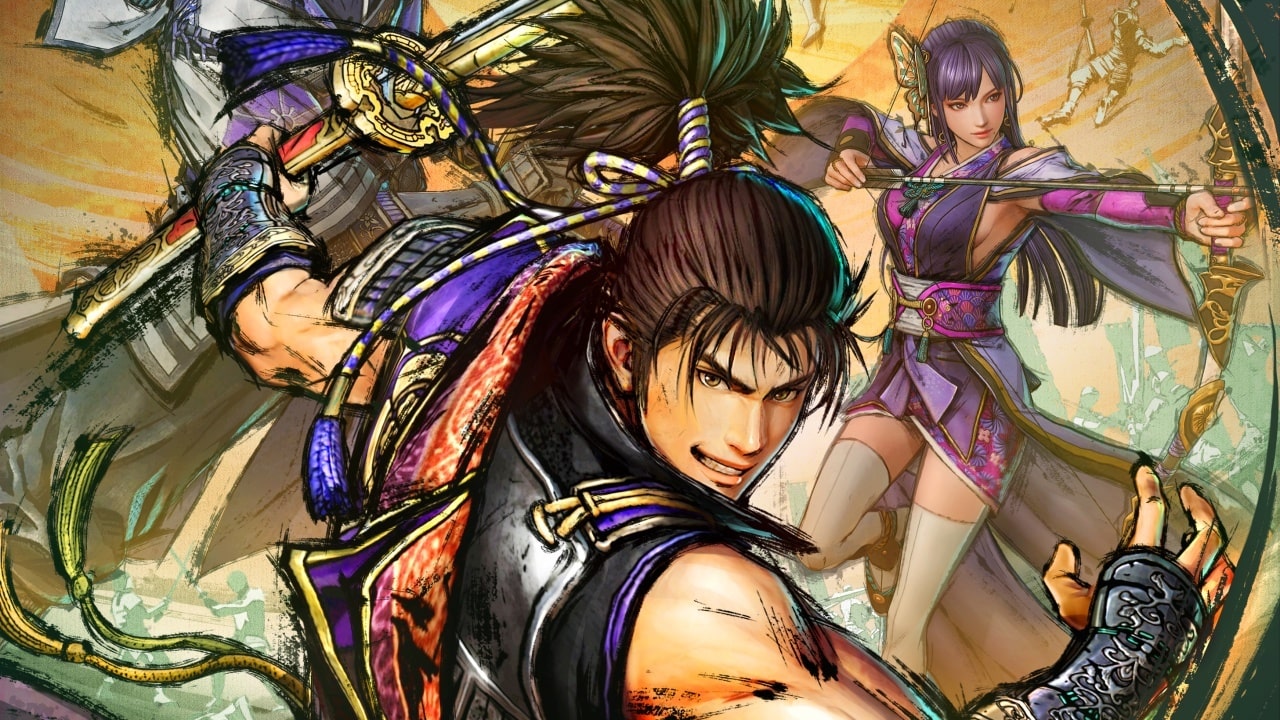
In this day and age, you will find far more Musou games than you are able to count. It’s reached the point where even spinoff Musou series are reaching several numbered installments, and Samurai Warriors 5 may be the latest one to be released. Billed as a reboot, Samurai Warriors 5 aims to revitalize the Samurai Warriors series and go ahead and take franchise in a new direction following a lengthy gap since Samurai Warriors 4. It trims many of the fat while offering a no-frills Musou experience, which is both a blessing and a curse for fans of the genre.
Set in the Sengoku period of Japan, Samurai Warriors 5 is focused on Nobunaga Oda and Mitsuhide Akechi. The story concentrates on Nobunaga’s youth featuring iconic moments from Japanese history. This can be a reboot, which means you don’t have to have literally first four games in the series before this one. The story isn’t the focal point of any of these games anyway, but Samurai Warriors 5 places a bigger than normal focus on storytelling this time around, focusing mainly on a little number of characters.
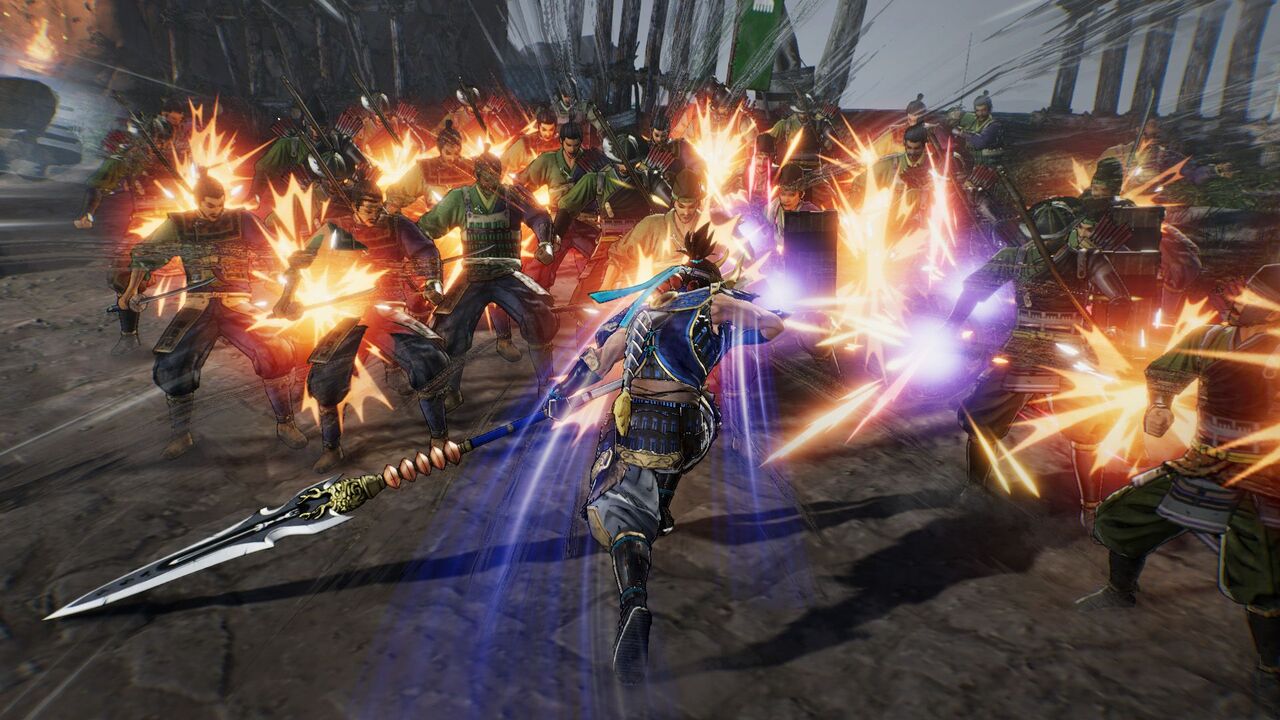
The gameplay is standard Musou fare, but Samurai Warriors 5 offers an incredibly refined undertake the formula. If you’ve played a Musou game before then you know what to anticipate, but Samurai Warriors 5 adds several twists towards the combat. Every character has the standard group of normal and power attacks, but each character also offers use of special moves called Hyper Attacks. These have been featured in previous Samurai Warriors games before, allowing you to dash forward while attacking so you can easily narrow the gap between groups of enemies, dramatically enhancing the pace of combat.
Samurai Warriors 5, however, adds a new feature called Ultimate Skills into the mix. Each character might have four of those equipped at once. They range from buffs that increase your attack power to powerful attacks that hit multiple foes at the same time. These may be applied out any time during a combo, so when you pair all of them with Hyper Attacks and the remaining moveset, you can basically never stop attacking. Chaining together Hyper Attacks, standard combos, Ultimate Skills, and devastating Musou attacks is remarkably satisfying, and you can increase your kill counter well into the thousands by connecting the best moves.
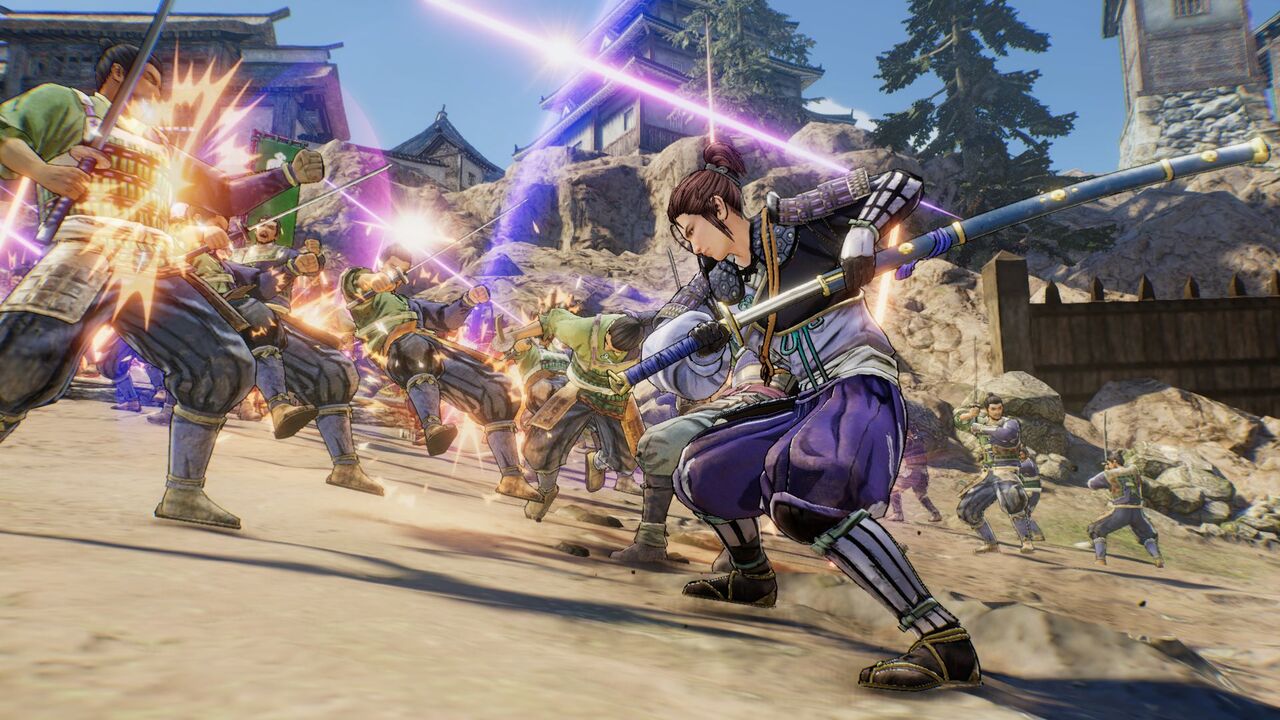
Citadel Mode may be the major side mode in this game, and it’s sadly less great as the main game. Citadel mode tasks you with defending your base from incoming waves of enemies. Some side objectives like defeating certain enemies will occasionally appear during Citadel Mode battles, however the definitive goal continues to be to avoid the enemies from reaching your base. It’s incredibly repetitive and merely isn’t as fun because the main story mode.
It’s unfortunate, because Citadel Mode may be the main space to grind for materials to upgrade the buildings in your Castle. The Dojo, Blacksmith, Shop, and Stables can be upgraded using materials found during battles, unlocking additional features for each. Upgrading your buildings and, in turn, upgrading your roster of characters is the main loop of Samurai Warriors 5’s postgame, so you’ll have to spend quite a bit of time grinding in Citadel Mode after finishing the primary campaign.
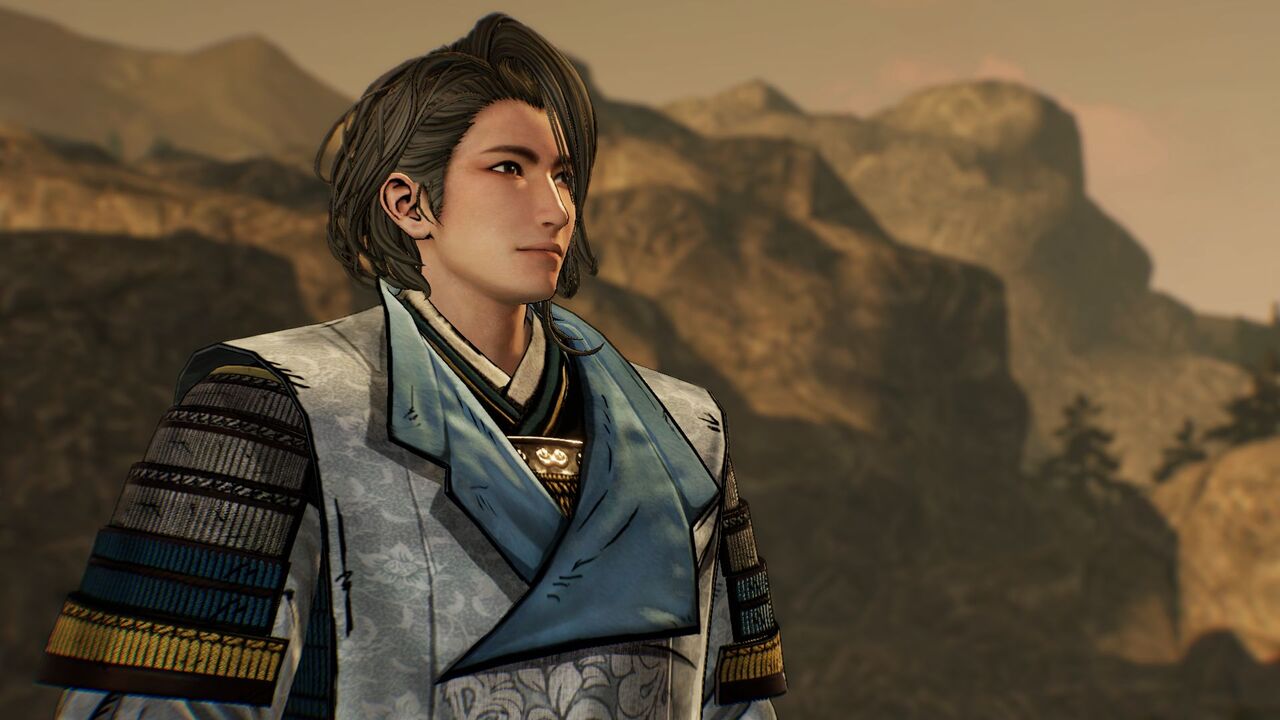
Unfortunately, Samurai Warriors 5 also is affected with most of the same issues because the other games in the series. Repetition starts to set in fairly quickly, also it can be difficult to keep clean the motivation to keep going during longer play sessions.
The story is also serviceable at best, but that’s not the main focus of these games anyway. There are also optional friendship scenes that may be unlocked as characters spend more time fighting alongside one another, but these aren’t that interesting, either. Still, there are at least a few interesting scenes within the story, and cutscenes generally look great thanks to the game’s new art style.
Also, it’s a relatively minor gripe, but the game doesn’t feature English VO. All of the voice acting is within Japanese, that is ideal for cutscenes along with other story moments, however it can be difficult to see everything that’s being said during gameplay. The characters are really expressive on the battlefield, however i ended up missing a few of the dialogue and character interactions because I was too focused on the action in front of me.
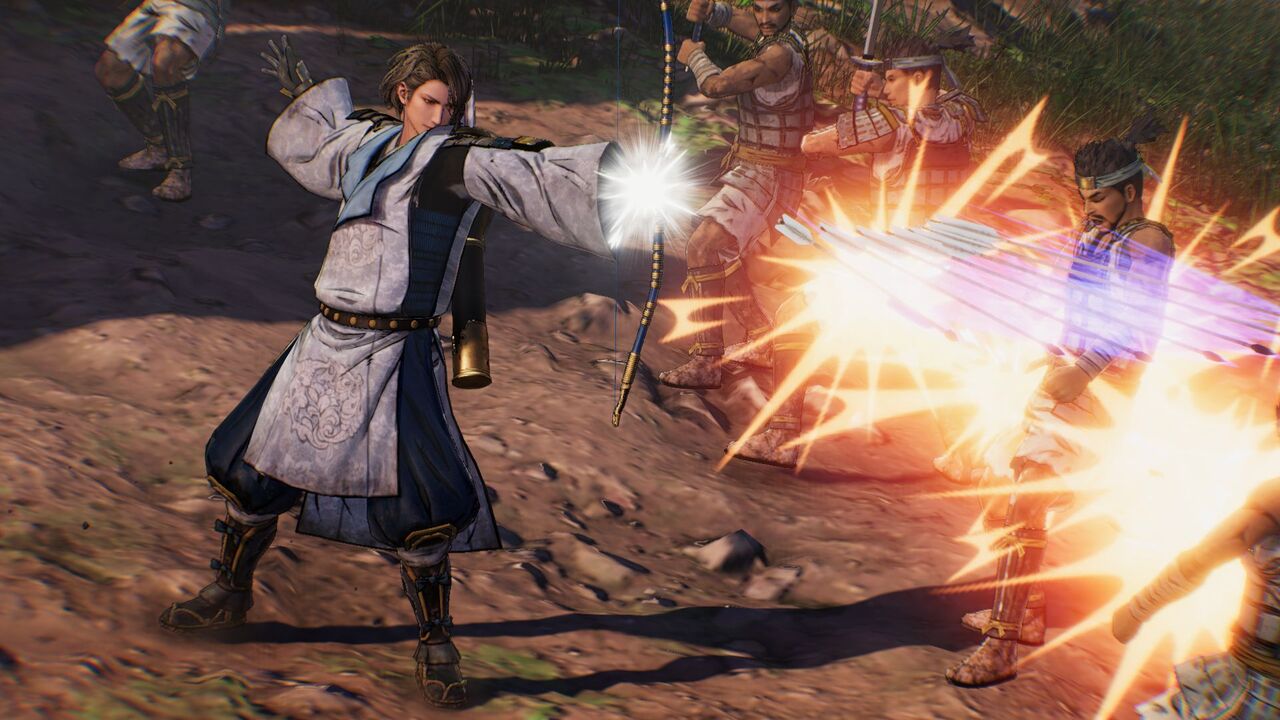
Because the game is a reboot with a brand new visual style, the roster continues to be reduce significantly. Samurai Warriors 5 only features 37 playable characters, which is a considerable amount small compared to the previous Samurai Warriors game’s roster and nowhere close to the cast size the newer Dynasty Warriors games. A number of characters wield exactly the same weapons and also have nearly identical movesets as well, which just helps make the small roster feel even more limited. A Musou game doesn’t need a ton of characters to become good (Hyrule Warriors: Chronilogical age of Calamity had only 18 at launch), as well as the fifth entry in the series, Samurai Warriors 5’s roster feels a bit underwhelming.
All in most, Samurai Warriors 5 scratches the Musou itch but doesn’t do an excessive amount of to mix in the formula. The brand new visual style is great, and reducing hordes of enemies is equally as satisfying as always. Since there aren’t as many features tacked to the gameplay, this is a great spot for new people who are thinking about the series to leap on. Still, there isn’t enough here to draw in people who aren’t already interested. A smaller roster and lackluster side content hold Samurai Warriors 5 back from being truly great, even if the combat product is possibly the best it’s have you been.


